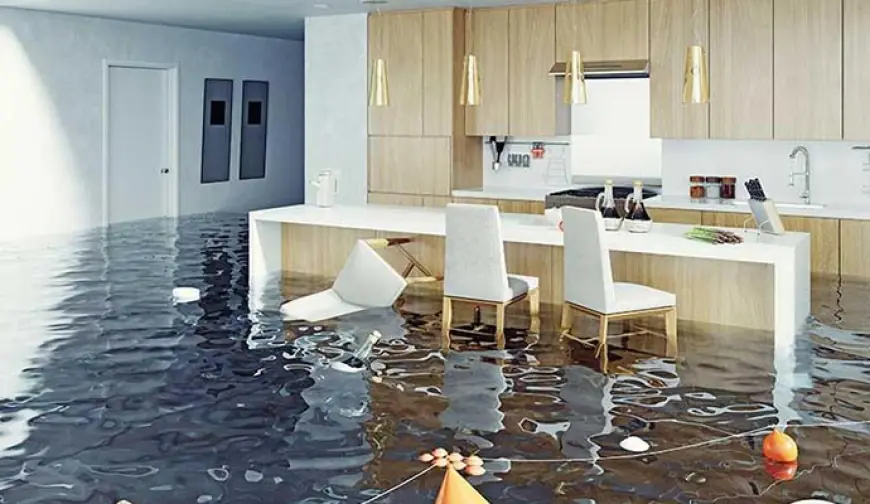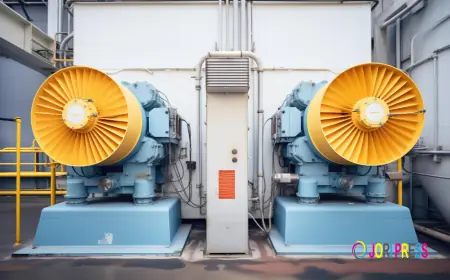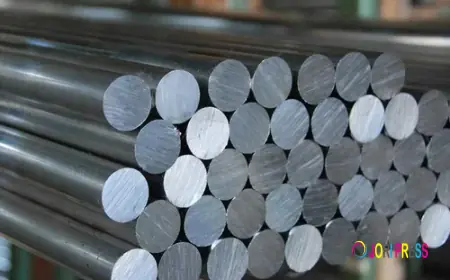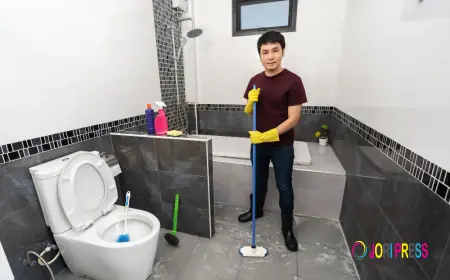Don’t Panic! Here’s the Fastest Way to Handle Water Damage in LA Homes

Introduction
Water damage in Los Angeles homes is more common than you might think — whether it’s from a sudden pipe burst, heavy rain, or faulty appliances. The moment you discover water damage, panic can set in, but staying calm and acting quickly is crucial to minimizing costly repairs and health hazards. If you’re wondering, “What’s the fastest way to handle Repair Water Damage Service in LA Orange?” you’ve come to the right place. In this guide, we’ll walk you through the 7 proven steps to tackle water damage efficiently, share expert insights, and answer your most pressing questions. Let’s dive in before that small leak becomes a nightmare!
Why Water Damage in LA Homes Demands Immediate Attention
LA’s unique climate—with occasional heavy rains and aging infrastructure—makes water damage a serious threat. According to the Insurance Information Institute, water damage and freezing account for nearly 30% of all homeowners insurance claims nationwide, costing billions annually. In LA, even a small water intrusion can quickly lead to mold growth within 24 to 48 hours, causing structural issues and health risks like allergies and respiratory problems.
The key takeaway: Time is your enemy when handling water damage. Acting fast prevents costly repairs and protects your family’s health.
7 Fastest Steps to Handle Water Damage in LA Homes
1. Don’t Panic — Stay Safe and Assess the Situation
Before anything else, ensure your family’s safety. Turn off electricity in affected areas to avoid shocks. If the water damage is severe (flooding, sewage backup), evacuate the home immediately and call emergency services if needed. Once safe, identify the water source—burst pipe, leaking roof, appliance failure—and stop it if possible.
2. Call a Professional Water Damage Restoration Service Immediately
Time is critical. Professional restoration companies in LA have the right tools—industrial dehumidifiers, air movers, moisture meters—and expertise to dry out your home quickly. Many companies offer 24/7 emergency response, so don’t wait. The faster they arrive, the less damage and mold growth you’ll face.
3. Document the Damage for Insurance
Before any cleanup, take clear photos and videos of the affected areas, damaged belongings, and the source of the leak. This documentation is essential when filing insurance claims. Remember, many LA homeowners insurance policies cover water damage, but specific conditions apply, so check your policy details.
4. Remove Excess Water and Dry the Area
If safe to do so, start removing standing water using mops, buckets, or a wet/dry vacuum. Open windows and doors to promote air circulation if weather permits. Use fans and dehumidifiers to speed up drying. The goal is to reduce moisture levels below 20% to prevent mold growth.
5. Salvage What You Can, Dispose of What You Can’t
Wet carpets, drywall, and furniture can harbor mold if not dried quickly. Salvage items that can be cleaned and dried thoroughly. Porous materials soaked in water for over 48 hours should be discarded to avoid health hazards.
6. Clean and Disinfect Affected Areas
Water damage often brings contaminants. Clean all surfaces with disinfectants, especially if the water is from a sewage backup or flood. This step helps prevent mold, bacteria, and unpleasant odors.
7. Prevent Future Water Damage
Once immediate cleanup is done, evaluate your home’s vulnerabilities. Inspect your roof, plumbing, and appliances regularly. Consider installing water leak detectors and automatic shut-off valves. In LA, keeping gutters clear and landscaping graded away from your foundation can prevent water intrusion during storms.
Frequently Asked Questions (FAQs)
Q1: How fast does mold grow after water damage?
Mold can begin to grow within 24 to 48 hours after water exposure. That’s why acting fast is crucial!
Q2: Does homeowners insurance cover water damage in LA?
Most policies cover sudden and accidental water damage, like burst pipes. However, damage from floods or gradual leaks often requires separate coverage. Always review your policy and consider flood insurance if you’re in a flood-prone area.
Q3: Can I handle water damage cleanup myself?
Small leaks and minor spills can be handled by homeowners, but significant water damage requires professional restoration to properly dry and disinfect the area, preventing mold and structural issues.
Q4: What are the health risks of untreated water damage?
Untreated water damage can lead to mold growth, which triggers allergies, asthma, and respiratory infections. Contaminated water from sewage can cause serious infections and illnesses.
Why Choose Professional Water Damage Restoration in LA?
LA’s water damage restoration experts use state-of-the-art equipment like thermal imaging to detect hidden moisture, ensuring thorough drying. According to industry data, professional restoration reduces repair costs by up to 40% compared to DIY methods. They also offer insurance claim assistance, reducing stress during emergencies.
Conclusion
Water damage doesn’t have to be a catastrophe if you act quickly and smartly. Remember these 7 proven steps: stay safe, call professionals, document damage, remove water, salvage belongings, clean and disinfect, and prevent future issues. In LA’s unpredictable environment, preparedness and rapid response are your best defenses.
Don’t panic when water strikes—take control with these expert tips and protect your home and family today! For more detailed advice or to find trusted local restoration services, reach out anytime. Your home deserves the fastest, most effective care possible.
What's Your Reaction?
 Like
0
Like
0
 Dislike
0
Dislike
0
 Love
0
Love
0
 Funny
0
Funny
0
 Angry
0
Angry
0
 Sad
0
Sad
0
 Wow
0
Wow
0

















































